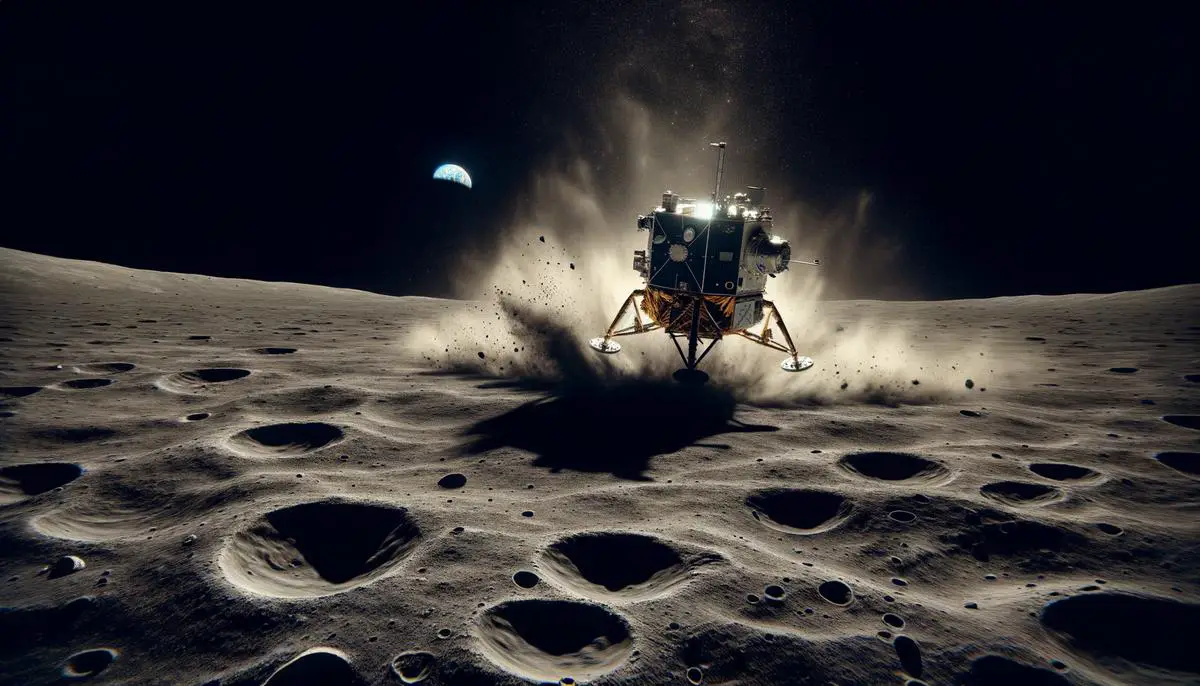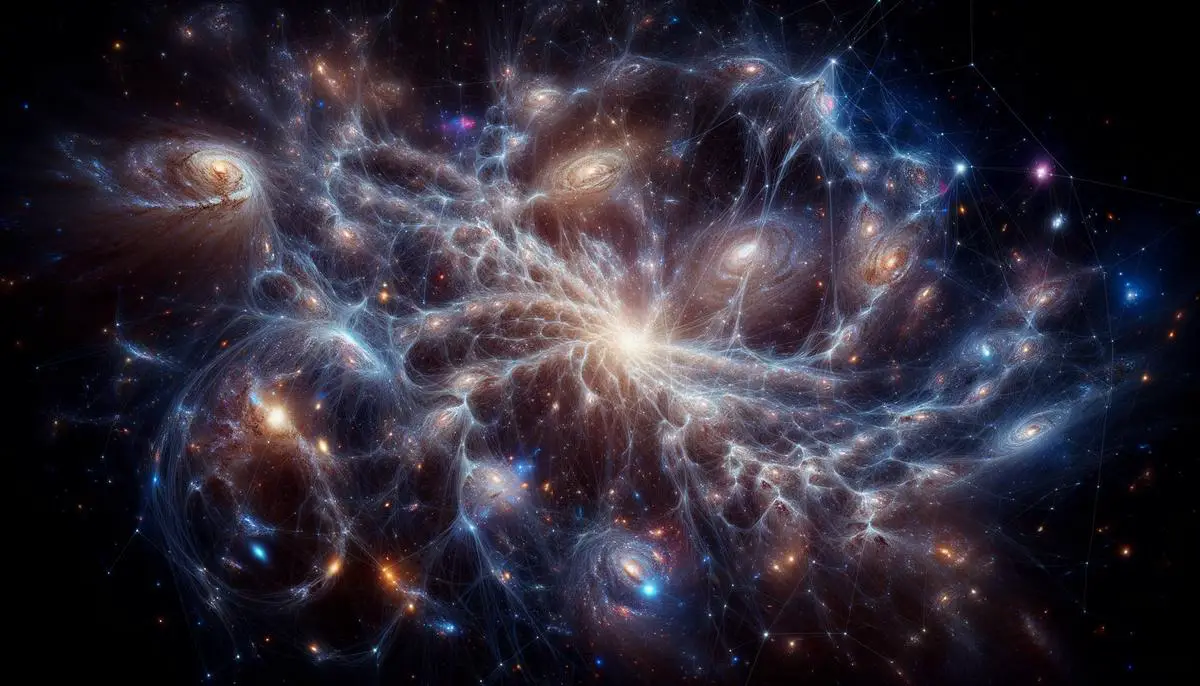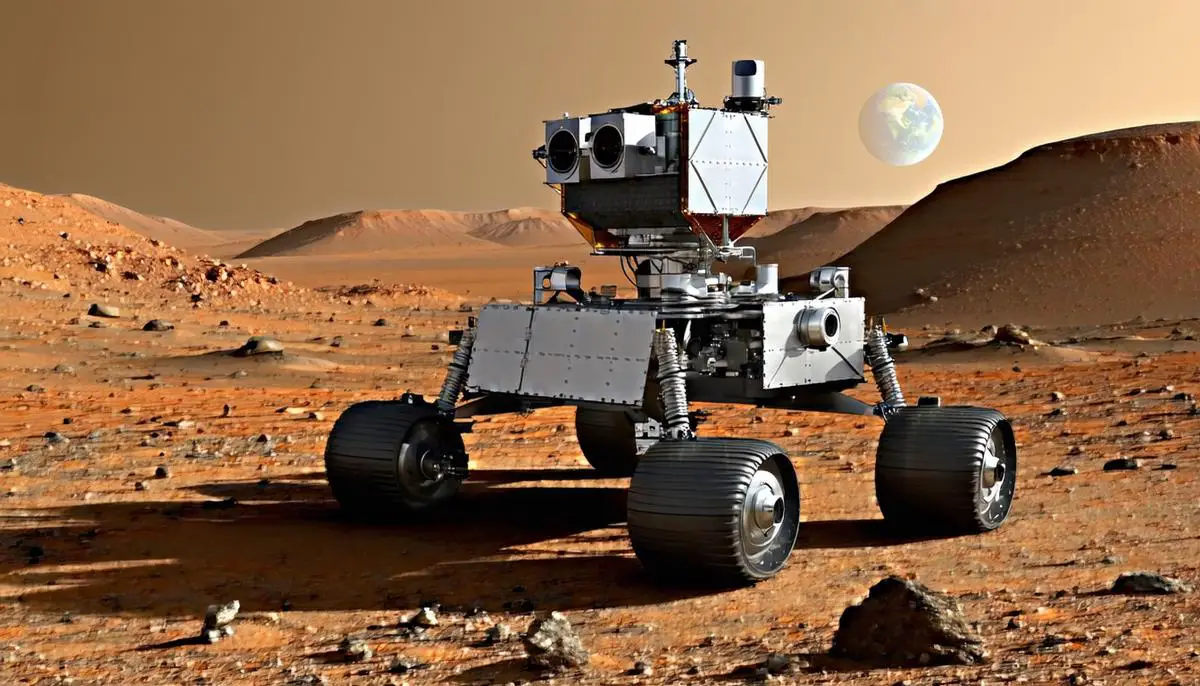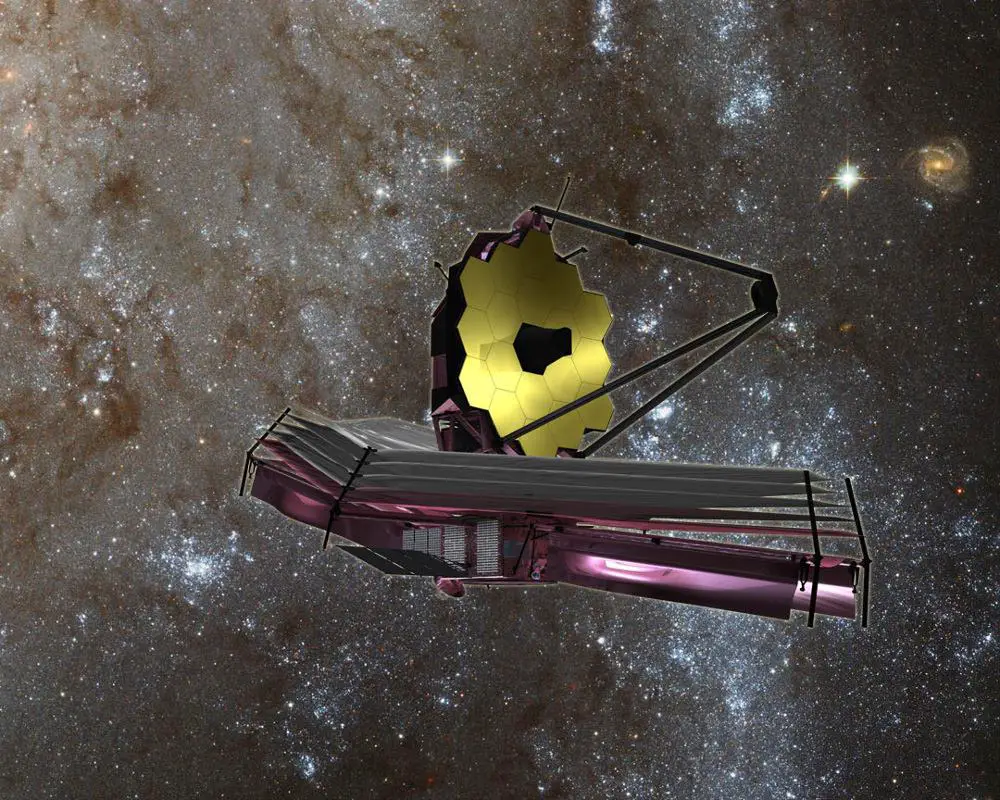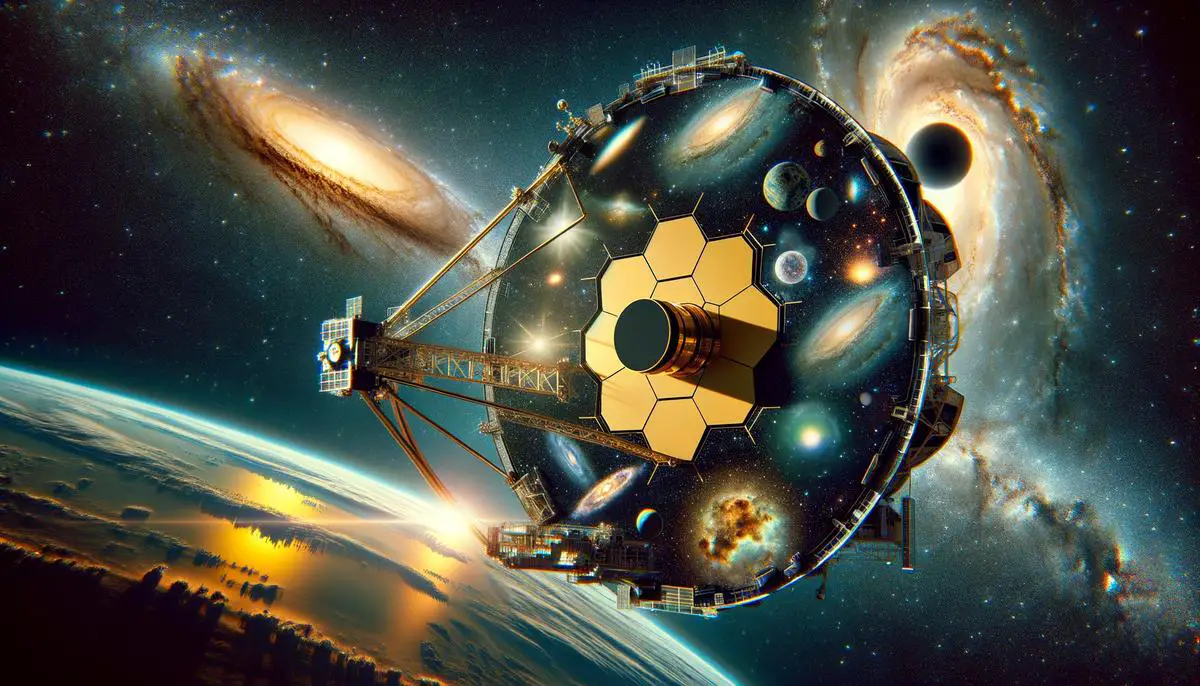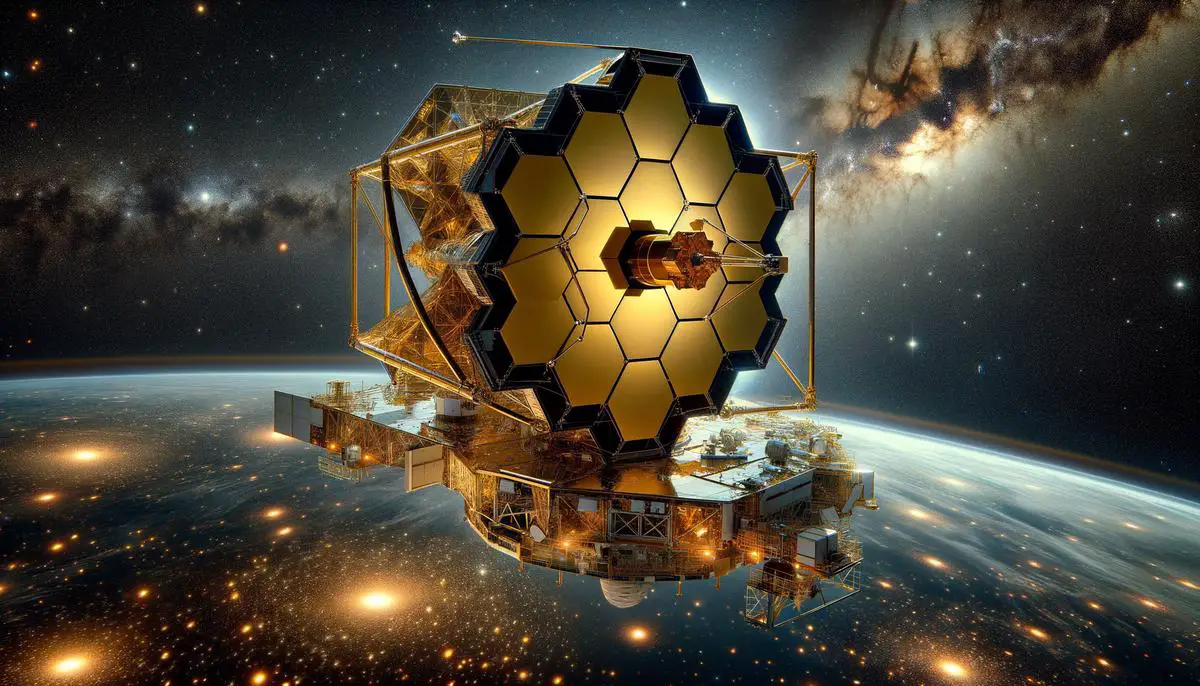Chang'e 6 Mission Overview China's Chang'e 6 mission has made history by collecting and returning samples from the moon's far side. On June 25, lunar material landed safely in the Inner Mongolia Autonomous Region. The mission timeline unfolded as follows: This groundbreaking mission explored new territory by returning samples from […]
![]()
